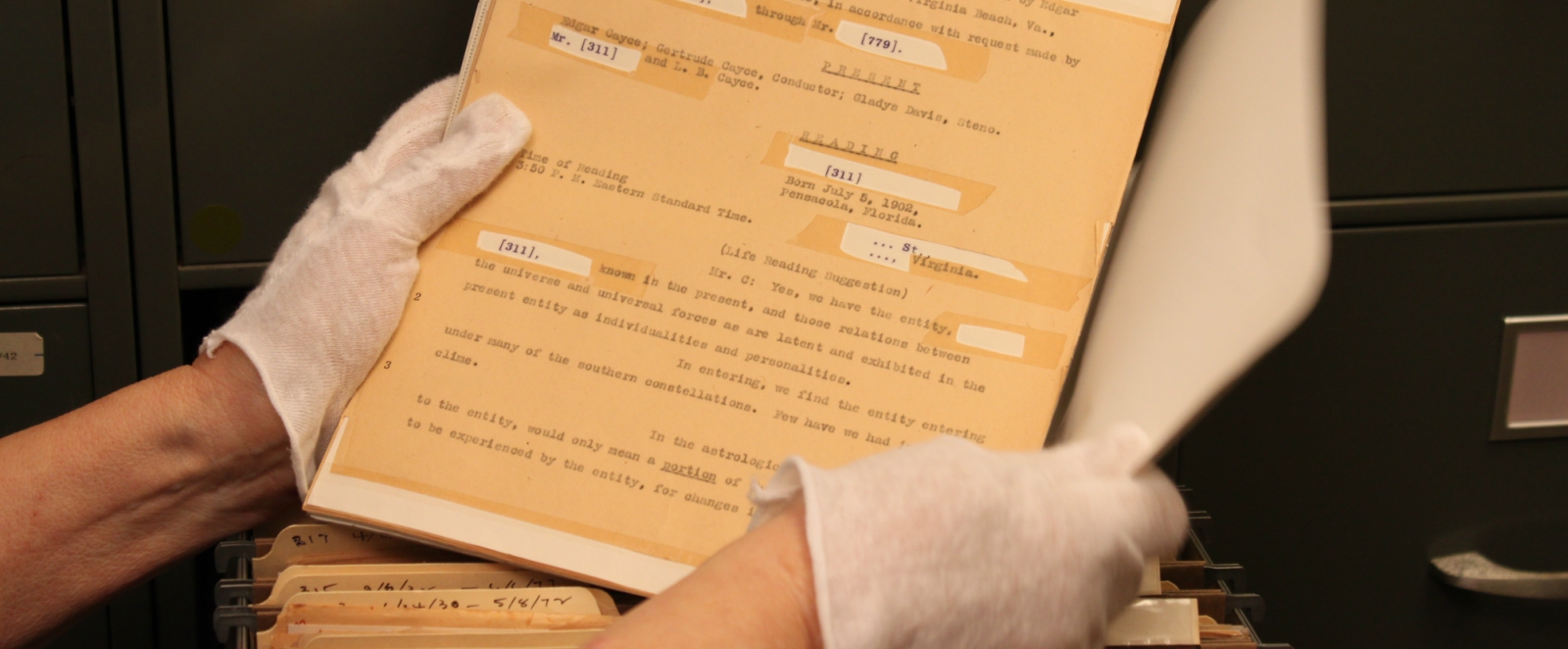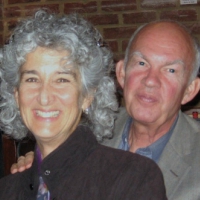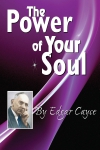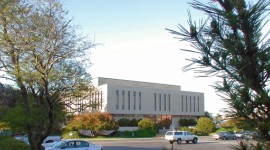As a teenage spiritual seeker, I was probably a bit of an odd duck. A relentless hunger caught me up early on: Was there more to life, as I hoped, than the materialistic world surrounding me? I knew no one else who thought like this, though an English teacher quietly understood and was encouraging.
Following my nose, reading was a constant companion. When I stumbled on the book Siddhartha by Herman Hesse, my world shifted, in a good way. I was no longer alone in my searching. Soon, my bedroom walls were plastered with the book's quotes, reminders of another, deeper, mystical way of being in the world. They felt like a lifeline.
Growing up Jewish and secular, temple experiences were intellectual, not times of worship - except for those seductive Hebrew intonations from a cantor. They made a lasting impression, like the Catholic rituals in the midnight mass I attended each Christmas with a friend. They were also tiny sign posts along the way.
Then, at age 19, the Edgar Cayce readings burst into my life. Someone in my college independent study class on mysticism announced, the day before spring break, his upcoming 12-hour drive to a conference on meditation – did anyone want to join in? Several of us scrambled, changing our plans, piling into a car early the next day. We were off.
This was in the 1970s. There wasn't talk or interest in meditation in the general population like there is now. I fully expected the other attendees to be close to our age. We were – happily it turns out – surprised. Here's what first struck me: This was a gathering of more than 200 Midwestern women primarily who were regular meditators (this college kid suddenly bumped into her narrow-mindedness). And they were open to a very unusual story of a man named Edgar Cayce who had tremendous psychic ability. There were maybe 50 people around my age.
Next and foremost was the content of that tremendous psychic ability. It slipped under my skin and would not let go – it was so unusual, so intriguing.
The Cayce readings brought together for me in a very powerful way the best of my spiritual searching. They united Eastern philosophies of meditation and working with the mind with the more Western—and to me all new, all important—views on service. While I was familiar with the Jewish focus on “doing good works,” this was “putting others first” and “being a channel of blessings,” a radical distinction. Suddenly what had been a distant idea became a daily possibility.
When I read things like:
Not my will but thine oh Lord
Let me ever be a channel of blessing, today, now to those I contact in every way.
Let my going in and coming out be in accord with that Thou would have me do
And as the call comes, here am I, send me, use me.
-- Edgar Cayce reading 262-3
…all previous ideas about “service” were instantly, permanently altered. This is no exaggeration.
While perhaps overly simplistic, that's how I viewed it at the time. Without each other, important aspects in Eastern and Western views were missing. As the Cayce readings brought them together, there was a wholeness created that resonated with my deepest yearnings. And this from a man in trance... how my parents struggled with that!
The ride back to college flew by. For the first time in my life, I felt transported. In retrospect, it was clearly a “peak” experience. Curiosity drove me to learn more about what was in these readings so within a year I'd take time off from college and move to Virginia Beach.
Most mornings found me at a big table in the A.R.E. Library pouring over one of the green notebooks filled with tattered pages of readings. Though the Cayce readings are not an easy read (understatement!), I know now what I didn't know then: that the quality and clarity of the readings was very connected to Edgar's state of being at the time of the reading, those around him and the recipient of the reading. That explains why some readings are very easy to grasp, eloquent and deep, while others can be thoroughly confounding and exhausting. When the threesome of Edgar, his wife Gertrude who conducted the readings, and his secretary Gladys were centered, the readings were markedly clearer and deeper.
Then there was the prevailing language itself: namely, Christian. Because Edgar read the Bible once for every year of his life (67), the readings are literally drenched in Biblical language; a stumbling block for many, including this nonreligious Jewish girl.
That roadblock gradually dissolved as a universal, non-dogmatic view shined in every reading. Here is a philosophy, based in eternal truths going back to earliest times (as recently documented by my friend pastor Chris Fazel), where the Christ focus is actually on a consciousness, embodied in Him, waiting to be awakened in us all. That consciousness is nondenominational, accessible, and alive.
Yet what shook and convinced me most came after using tools in the readings for a few years.
A clear, definitive healing shift transformed the most troublesome, problematic relationship in my life at that time. Following the readings' admonition to “try this in your own life,” I experienced lasting, personal transformation beyond any doubt. And that sealed the deal.
Now, when I peruse current or out-of-print books or pamphlets, there's no lessening of these readings' impact over time. Their unique yet paradoxically timeless perspective rings clear and true today as it did years ago: We are first and foremost spiritual beings leading lives full of purpose on our homeward path to God. And simply that can evoke these “aha” moments unbidden and afresh: Oh yes, this is why I love them.








